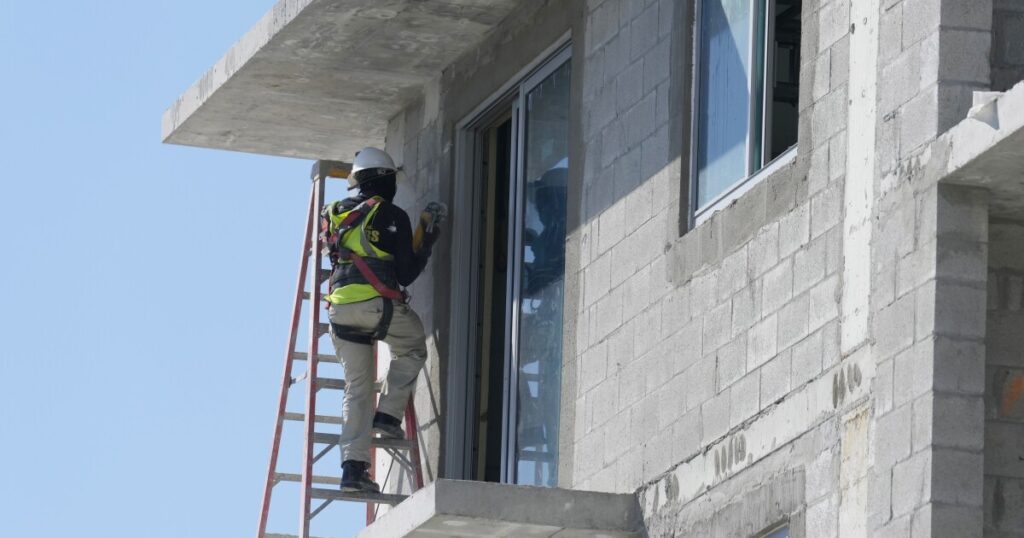South Florida’s Apartment Boom: A Response to Demand Amidst Challenges
The apartment market in South Florida is witnessing an unprecedented surge, positioning the region as a key player in the national rental landscape. As of this year, one out of every 26 new apartments built across the United States has arisen in South Florida, signaling a robust recovery and expansion since the pandemic.
Record Growth in New Apartment Units
In 2023 alone, over 14,000 new rental units have opened, a brisk pace that follows increased demand triggered by the COVID-19 pandemic and Florida’s appeal as a relocation destination.
- 74,000 apartments have been constructed in the last five years in the region.
- Miami ranks fourth among major U.S. cities in new apartment growth, according to data from RentCafe.
- Looking ahead, 75,000 additional units are projected over the next four years.
Doug Ressler, a business intelligence manager at Yardi Matrix, noted, “It’s unprecedented.” The nationwide construction boom indicates a record addition of over 500,000 apartments by the end of this year.
Pandemic-Era Building Trends
The demand for new apartments was invigorated during the earlier years of the pandemic. Interest rates were historically low, encouraging builders to start projects that typically take 36 to 44 months to complete. As a result, the surge in new supply is now becoming a reality.
Historical Context: Impacts of the Great Recession
The roots of the current apartment-building fervor can be traced back to the Great Recession of 2006-2007, when housing prices fell dramatically. Developers were cautious, leading to a significant lag in housing starts. Although prices rebounded, builders took time to catch up with demand, creating a backlog in rental options.
Current Trends and Economic Factors
Several economic dynamics are shaping today’s rental market:
- High Housing Prices: The cost of buying homes has skyrocketed, pushing many potential buyers to remain in rentals, especially during periods of inflation and rising interest rates.
- Generational Shifts: A blend of Baby Boomers, Millennials, and Gen Xers are increasingly opting for long-term rentals, creating sustained demand for apartments.
Statistics Show Rising Rent Prices
Despite thousands of new units entering the market, rents continue to rise. In Miami, the median rent for a one-bedroom apartment reached just over $2,800 last month, marking a 4.5% increase from the previous year, indicating a demand for luxury and near-luxury apartments.
Geographic Distribution of New Apartments
Most of the new developments are concentrated in Miami. Various factors influence these locations, but central to all is the need for a tenant base.
- Key Considerations: Zoning regulations, land costs, and environmental risks play crucial roles in determining where new apartments go up.
- Climate Concerns: Areas less prone to flooding have become increasingly desirable for both developers and renters.
Future Challenges in Affordability
While South Florida is set to add tens of thousands of apartments, affordability remains a pressing concern:
- Rising Construction Costs: Increased borrowing costs and inflation have pushed construction and insurance costs higher, exerting upward pressure on rental prices.
- Condo Market Changes: New regulations, initiated after the Surfside condo collapse, will impact older buildings, potentially pushing condo owners to sell and increasing demand for rentals.
New Regulations Impacting the Market
Starting soon, older condo buildings must undergo mandatory structural inspections and set aside funds for maintenance, resulting in higher fees that might compel owners to transition to rentals.
“Safety is a big issue,” Ressler said, emphasizing both physical and financial stability.
Conclusion
South Florida’s apartment market is at a crossroads, characterized by rapid expansion yet faced with challenges in affordability. As the rental landscape evolves, it remains one of the most expensive places to rent in the United States, necessitating strategic adjustments from developers and landlords to meet tenant’s needs.
For more insights on rental trends and housing data, visit RentCafe and Zillow.


